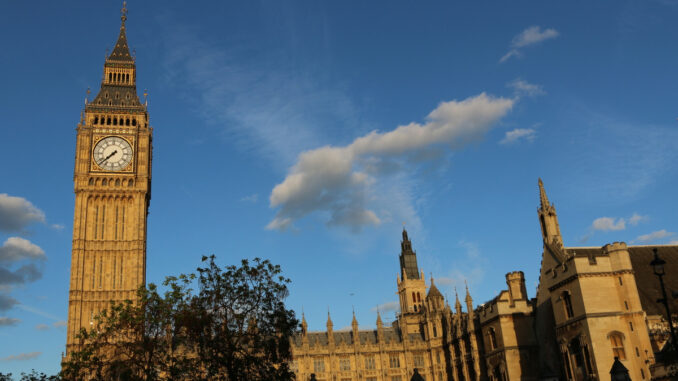
LONDON (defeo.biz) — London is home to some of the world’s most famous and most incredible museums.
Museums such as the British Museum, the National Portrait Gallery and Victoria and Albert’s are famous the world over. That’s not to mention one-of-a-kind a kind historic sites such as the Tower of London or the Churchill War Rooms that are absolutely must see attractions.
But, London is home to dozens of museums, including ones that touch on unique aspects of the world’s most popular tourist destination. Here are a few museums not to miss on a future visit:
London Transport Museum
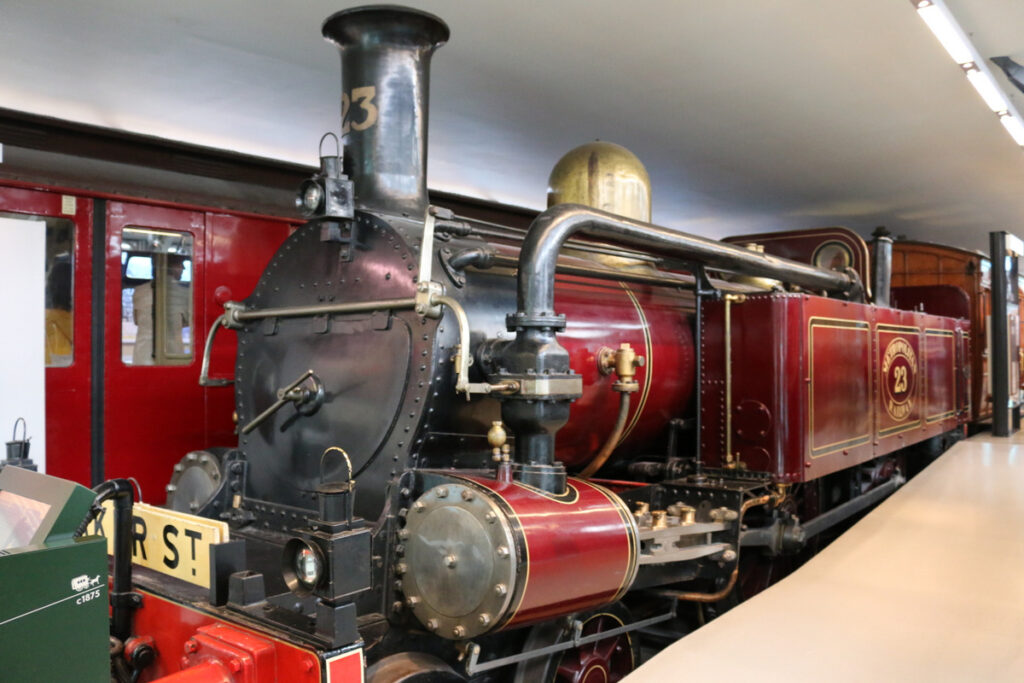
London’s extensive subway system is famous the world-over. But, the modern system took decades to develop.
This museum, located in a former flower shop in Covent Garden, showcases the history of transport from horse-drawn carriages to today’s subway system.
London Canal Museum
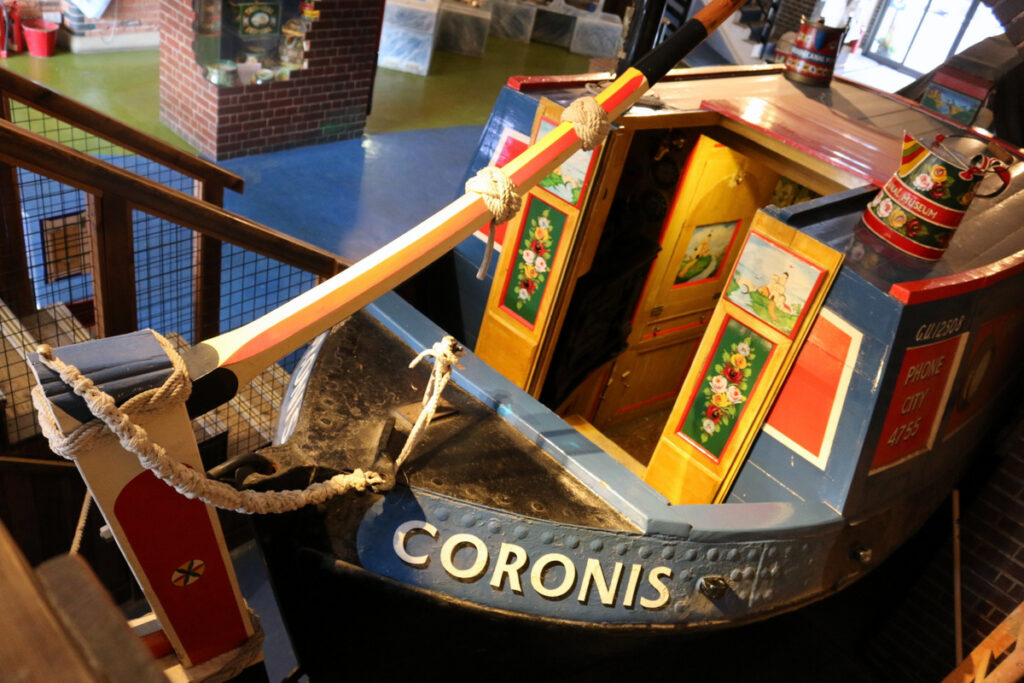
Since 1992, the London Canal Museum tells the story of London’s Canals from their earliest days as important trade routes to the more leisurely pursuits they are used for today.
Located in the King’s Cross section of London, the museum is housed in a former ice warehouse once used by Carlo Gatti. The warehouse was built sometime in the mid-19th century to house ice that was imported from Norway by ship and canal barge.
Inside the museum, visitors can peer down into an historic ice well.
Sherlock Holmes Museum
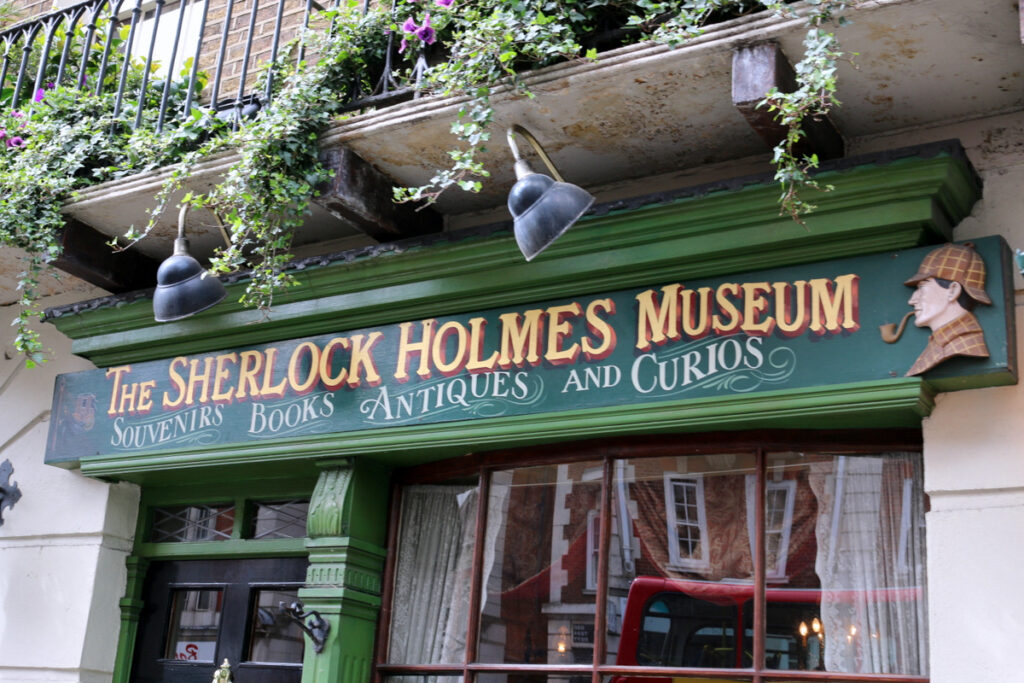
Sherlock Holmes may be the greatest fictional characters ever created. He is certainly among the most famous.
But, what would his home look like? Well, since 1990, the Sherlock Holmes Museum, located at 221B Baker Street (of course), in Westminster, has been helping fans answer that question.
The museum is located in a Georgian town house that once served as a boarding house, and focuses on the era between 1881 to 1904 when Holmes and Watson were tenants of Mrs Hudson.
Dr. Johnson’s House
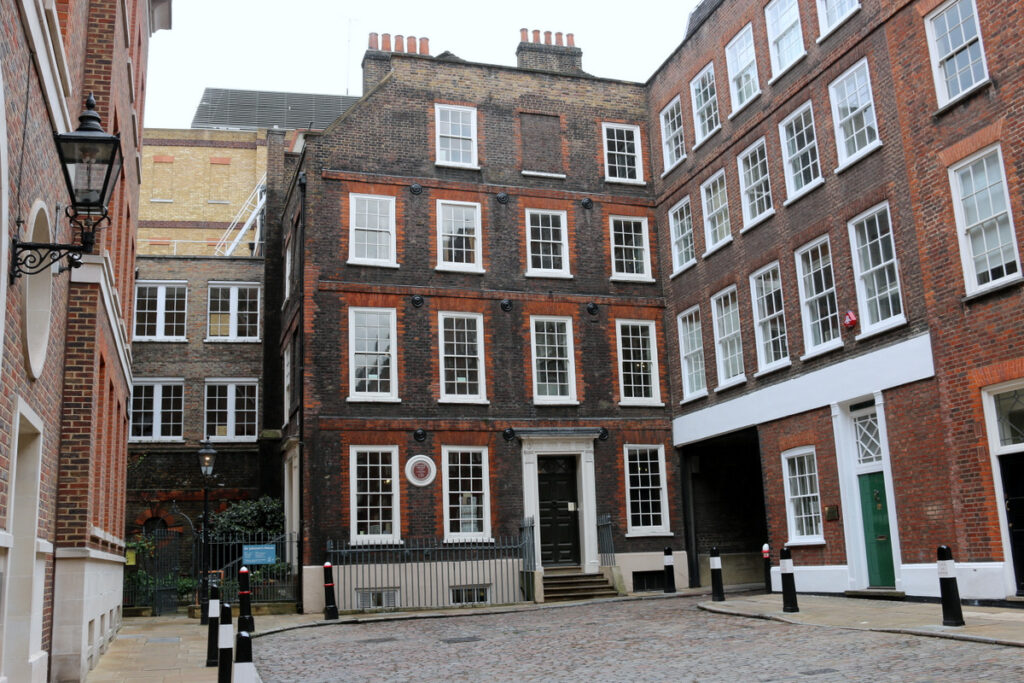
Samuel Johnson’s impact on the English cannot be overstated. Born in 1709 in Lichfield, Staffordshire, Johnson (literally) wrote the dictionary.
Between 1748 and 1759, Johnson paid a £30 rent, and while living in the house compiled his seminal work, A Dictionary of the English Language, published in 1755. The work has been heralded as “one of the greatest single achievements of scholarship.”
Of the 2,000 first edition copies printed, the museum is home to a pair of copies; the whereabouts of about half of the books are known.
The house was built during the end of the 17th century by Richard Gough, a wool merchant. After Johnson moved out, the building was used for a number of purposes, and the edifice was damaged during World War II.
HMS Belfast
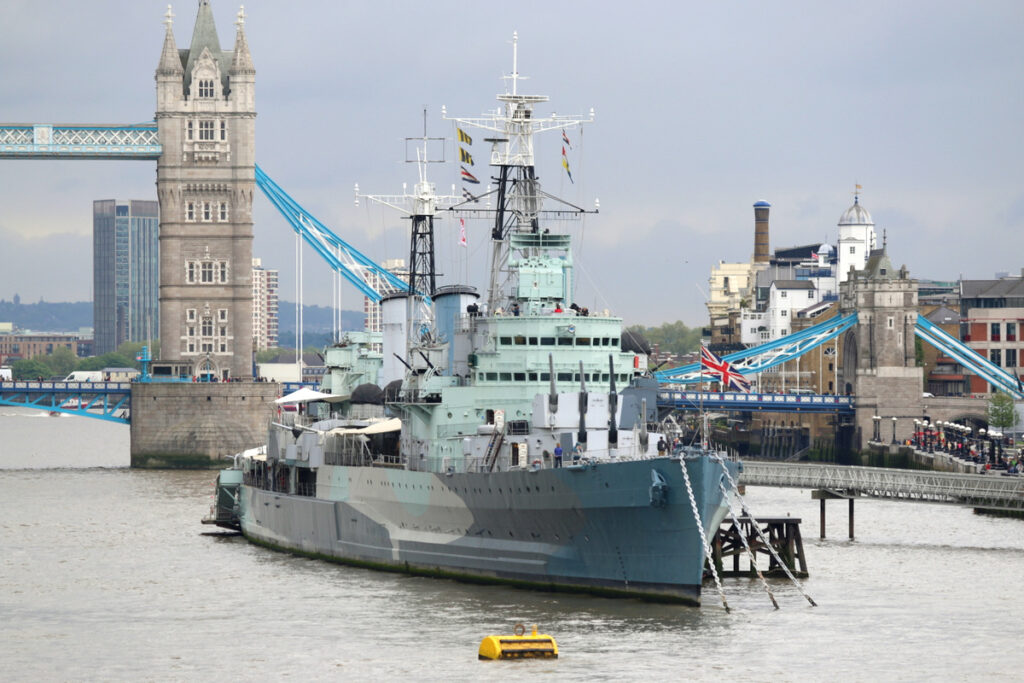
The HMS Belfast, a Royal Navy light cruiser, was commissioned on Aug. 5, 1939, during one of the most volatile times in world history. The Belfast was built by Harland and Wolff shipyard in its namesake city of Belfast, the same company that built the Titanic.
The famed vessel saw action during some of the most pivotal battles of World War II, including the invasion of Normandy on June 6, 1944.





